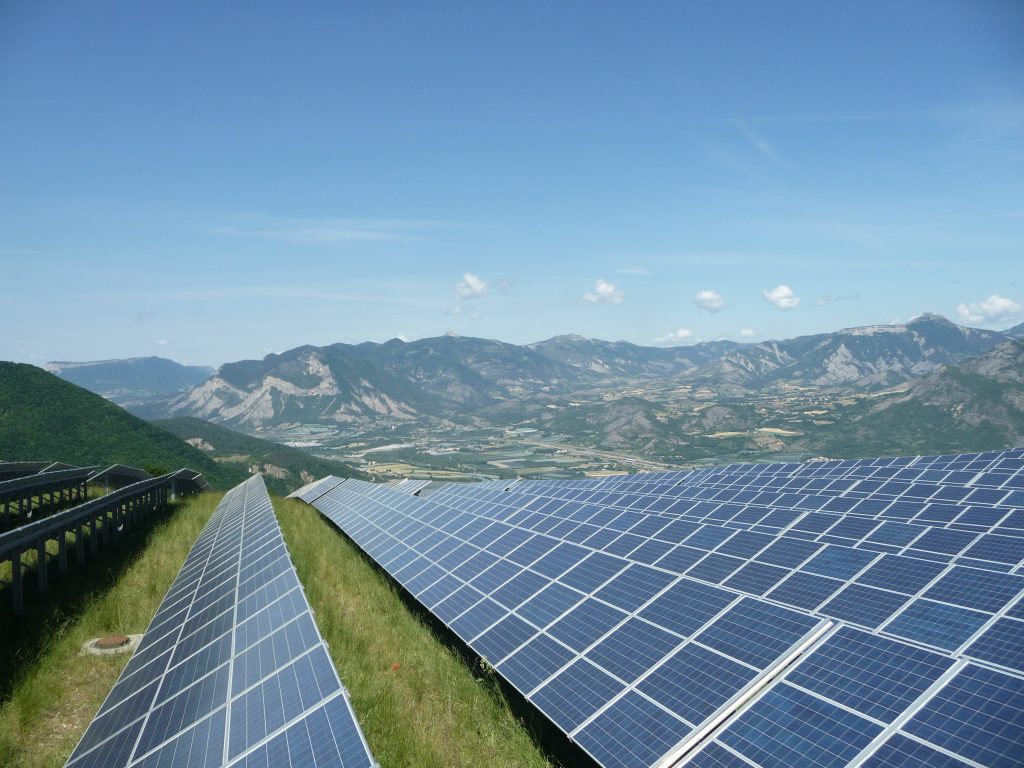Known unknowns
As published in PV Magazine June 2023
Historic meteorological data is typically used to assess solar farm yield and secure project finance, but with climate change beginning to affect every aspect of society, past weather data may no longer be a reliable guide. Nastasia Pacaut looks at how PV projects can be futureproofed in a changing climate.
Climate studies have shown that potential solar irradiation is subject to both regional and local variation over time, with many contributing factors. No clear way has yet been found to predict irradiation far into the future and historic variations have shown strong correlation with air pollution, meaning climate change is not the only driver for changes in solar irradiation.
The global increase in temperature will affect the performance of PV plants. Solar panels are subject to losses as their operating temperatures rise, with a coefficient ranging from 0.3 W per degree Celsius to 0.5 W per degree Celsius.
The likely outcome spelled out in the Intergovernmental Panel on Climate Change’s shared socioeconomic pathways (SSP) would see average global temperatures rise 2 C by 2060, and up to 3.5 C by 2100. We are already experiencing a 1.1 C increase. While those few degrees might not seem so relevant for the performance of a solar plant, they will be accompanied by an increase in the frequency and intensity of heat waves, as has already been observed in the past few years.
Solar power generation also depends on other factors, such as wind speed and the spectral composition of light, which is linked to humidity or aerosols. Many of the variables are uncertain and difficult to predict. Other extreme weather-related events can be expected to happen more frequently thanks to a warming planet, such as fires, droughts, storms etc. This increases the uncertainty of solar yield predictions and can lead to higher risk and longer project construction timelines.
We know that climate change will have an impact on solar power generation but because the effects will differ by region, the impact on solar yield cannot be assessed with precision. With nothing certain, energy assessments will have to develop ways to factor in the potential effects of a changing climate.

Assessment adaptation
Energy production assessments, often made with the PVsyst software, have been getting more and more accurate. One of the main inputs of these models is global horizontal irradiation (GHI), which is obtained from meteorological models and databases. Other input parameters, such as temperature, wind speed, and spectral content have an impact on energy assessments. As the studies depend directly on meteorological conditions, the impact of climate change on solar projects can no longer be ignored.
The current market approach to predicting solar yield involves using a typical meteorological year to assess the future performance and production of a solar project. Since this typical year is based on historical data, it may not always be suitable in a changing climate.
This risk intensifies the already heated debate about which solar resource database or model is best suited to the task. As a technical advisor, Everoze is often challenged on these topics because using one source or another will directly affect performance figures and the potential profitability of a project. It can be difficult to judge whether we are being too optimistic, too pessimistic, or well balanced. The results already differ when using data based on the past 10 years, rather than the past 30 years.
We could adapt our methodology with regards to one or more SSP scenarios and suggest a potential energy production result and performance ratio that depends on selected socio-economic pathways. This means adapting our meteorological database and models to consider future radiative forcing levels, which can be done (and already is by some), since these radiative forcing levels give us an overall change in temperature, radiation and wind speed.
We could also consider changing the uncertainties when assessing potential solar yield. All of this would affect performance figures, so central in project development and finance. Any change in assumptions will lead to a change in results, and this needs to be studied very carefully.
Expecting change
For now, we do not have a consensus or clear solution to accurately consider the impact of the climate crisis. But working towards it is necessary, especially for projects expected to last for decades. Solar projects are clearly going to be subject to different figures for irradiation, temperature and wind speed, as well as other parameters, in the near future.
We expect changes in yield and performance ratios and new risks are emerging that are related to project design, construction and timelines. That means an impact on energy production assessment but also on due diligence and provisional calendars. As independent technical advisors, we have the responsibility to evolve our expertise, develop new services to assess climate change-related risks, and to not shy away from revealing unpleasant results. One thing is sure: the PV market is ever more popular and solutions to address this topic will emerge. But we need to act as soon, and as quickly, as possible.



